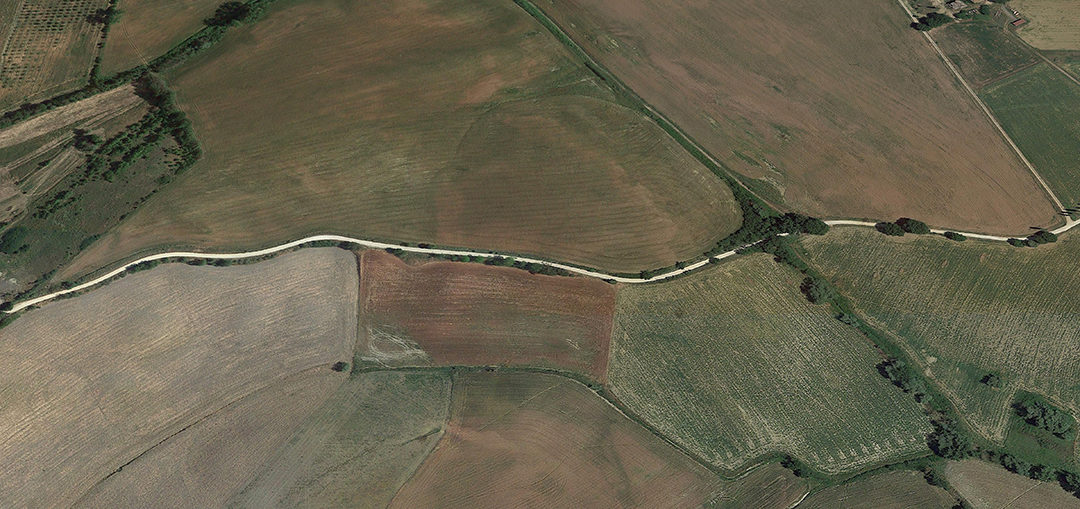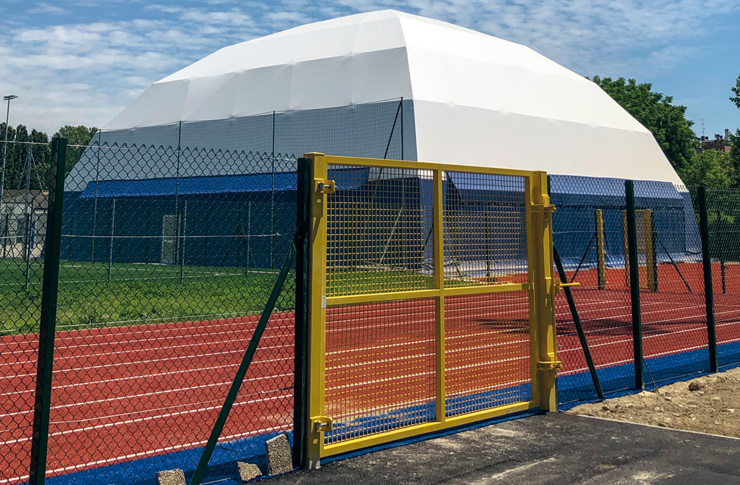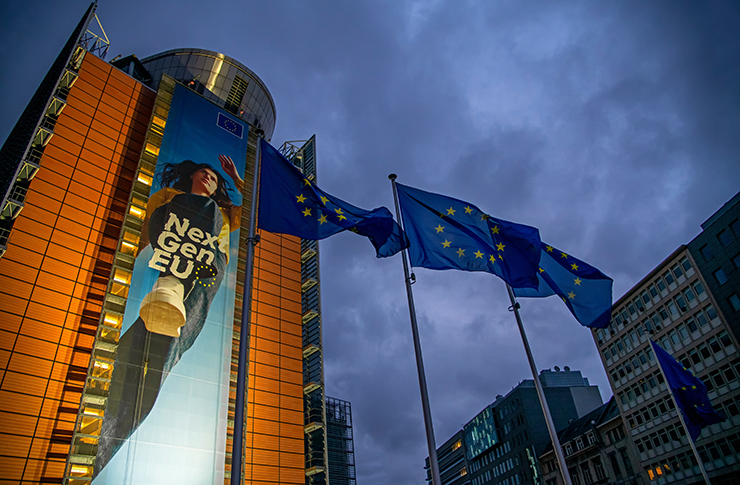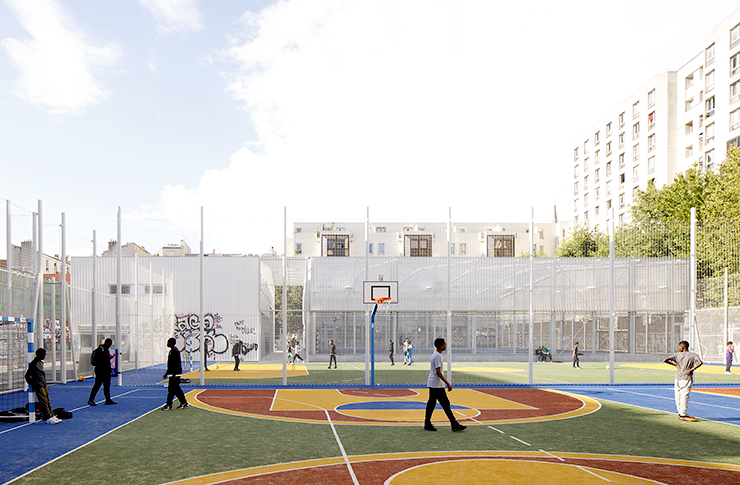The week from 20 to 28 October is held, on the initiative of Italia Nostra, the sixth edition of the national campaign on “Sensitive Landscapes”.
Sensitive Landscapes

(In the photo from Google Earth: Siena, the Strada di Borgo Vecchio, from the hill of Malamerenda to Borgo Vecchio, crosses the planned “Parco agricolo sportivo La Cittadella dello Sport”)
The national association for the protection of Italian historical, artistic and natural heritage launched the first campaign with this name in 2008, to reaffirm, on the 60th anniversary of the Constitution, its commitment to defending the heritage that Article 9 recognizes as one of the foundations of the identity of the country.
In 2011, among the dossiers of the fourth edition, dedicated to “agricultural landscapes”, stands the battle against the planned invasion of the Sienese countryside by the “Citadel of sport”, 75 hectares of an environment (recognizable as such in the frescoes by Ambrogio Lorenzetti) in which the new Stadium of Siena should have settled.
An international design competition in 2004 saw architects diligently attempt to conceal the cumbersome construction in the landscape, and the winner (Iotti+Pavarani group leader) also won an award in the Retail and Leisure section of the Mipim Architectural Review Future Projects Awards 2011.
The stadium, very original because it was semi-buried in the folds of the Tuscan hills, was not appreciated by the fans and was still too expensive: so today there is a trace of it in urban planning but Siena Calcio continues to play in the old Artemio Franchi.
Moral: let’s return to the concept of territorial and landscape planning, which is precisely the theme to which this year’s “Sensitive Landscapes” campaign is dedicated.
As provided for in the Italian Code of Cultural Heritage and Landscape, a correct spatial planning must pursue results that take into account the specific resources of the territory, the city, the landscape, the environment covered by the interventions, preparing suitable tools and planning functional actions to achieve the objectives set.
Instead, “as a pro-forma, macro plans are designed at regional level where almost all of the real landscapes escape” (Guido Ferrara, “L’architettura del paesaggio italiano“, Marsilio 2017): and in any case, faced with particular objectives (see the large stadiums), an exception is made to these too. And goodbye landscape.










